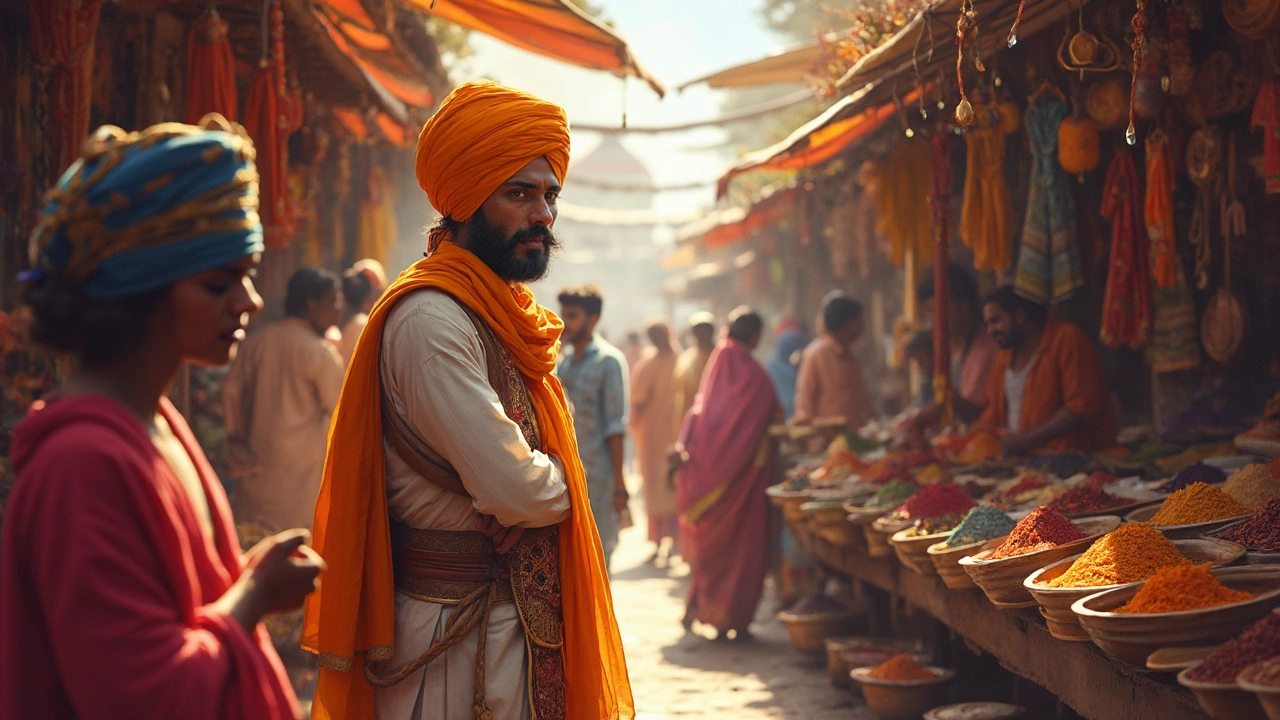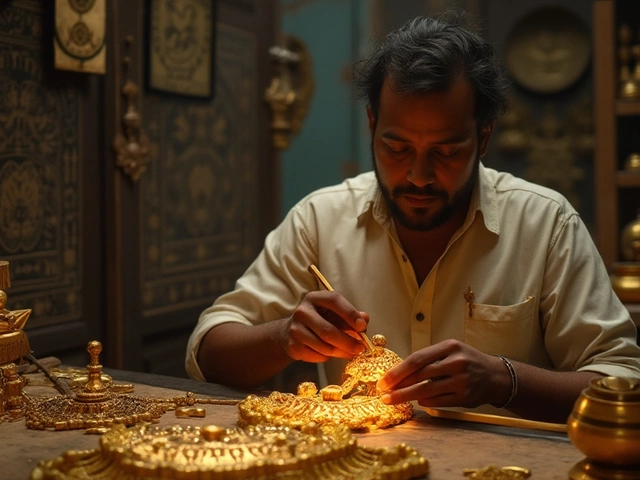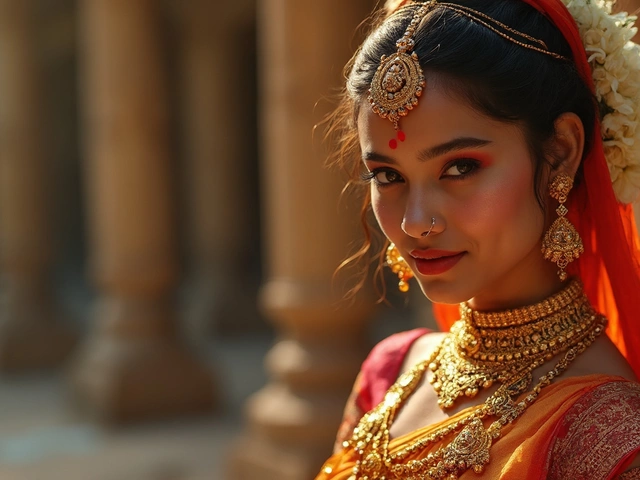Cultural Perspectives on Indian Jewelry
When you see a gold bangle or a bright nose pin, you’re not just looking at an accessory – you’re seeing a piece of history. Every region, every community, and even every generation adds its own flavor to the way jewellery is made and worn. In this guide we’ll break down the most interesting cultural angles, from black bangles in South India to the 875 stamp on gold, so you can understand what’s behind the sparkle.
Symbols that Speak
Take black bangles, for example. Many think they’re just a fashion statement, but they actually carry a meaning of protection and strength in several Indian traditions. The same goes for black beads in a mangalsutra – they’re believed to ward off the evil eye while symbolising the bond between partners. If you ever wonder why a piece feels ‘right’ or ‘heavy’, it’s often the cultural weight behind it.
Nose studs have a whole story of their own. In many Hindu families a stud marks a rite of passage for a girl, while in some Muslim communities it signals beauty and marital status. Modern designers now blend these old meanings with contemporary shapes, making the piece both a cultural nod and a style statement.
Materials and Marks You Should Know
Ever seen “875” stamped on a gold ring and felt confused? That’s a 21‑karat purity mark, a standard in India that mixes a tiny amount of silver for extra strength. Knowing this helps you avoid cheap imitations and understand why the price might be lower than 18K pieces. Similarly, the “833” mark on silver means the piece is 83.3% pure, a common quality for Indian silver jewellery.
Fabric choices also play a big role in how jewellery looks. Cotton, silk, and bamboo each interact differently with metals and stones. A silk saree will highlight the shine of gold, while a cotton kurta makes coloured stones pop. Choosing the right fabric can turn a simple necklace into a head‑turner.
Regional hubs add another layer. Jaipur is famous for its intricate gold work, Surat for diamonds, and Kolkata for its delicate filigree. Knowing where a piece comes from can tell you a lot about the techniques used, the price range, and the cultural story attached to it.
Even the month you buy gold matters. Historically, festivals like Diwali and Akshaya Tritiya see a dip in prices because of high demand, while post‑festival months can offer better deals. Timing your purchase isn’t just smart finance; it’s part of a long‑standing cultural rhythm.
So, next time you pick up a bangle, try to spot the cultural clues – the colour, the material, the stamp. They’re not just decorative; they’re conversation starters about Indian heritage, personal identity, and evolving fashion. Understanding these perspectives helps you wear each piece with confidence and respect for the stories they carry.
Understanding Kirpan: Perspectives Across Nations
The kirpan is a ceremonial dagger integral to Sikh traditions, yet its acceptance in public spaces varies across countries. While some nations embrace it as a symbol of religious freedom, others struggle with security concerns. This article explores how different countries approach the kirpan, highlighting cultural significance and legal perspectives. Whether you're a traveler or simply curious about global cultures, understanding these viewpoints can be enlightening.





